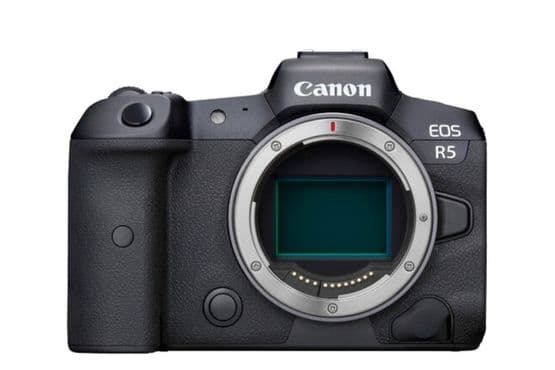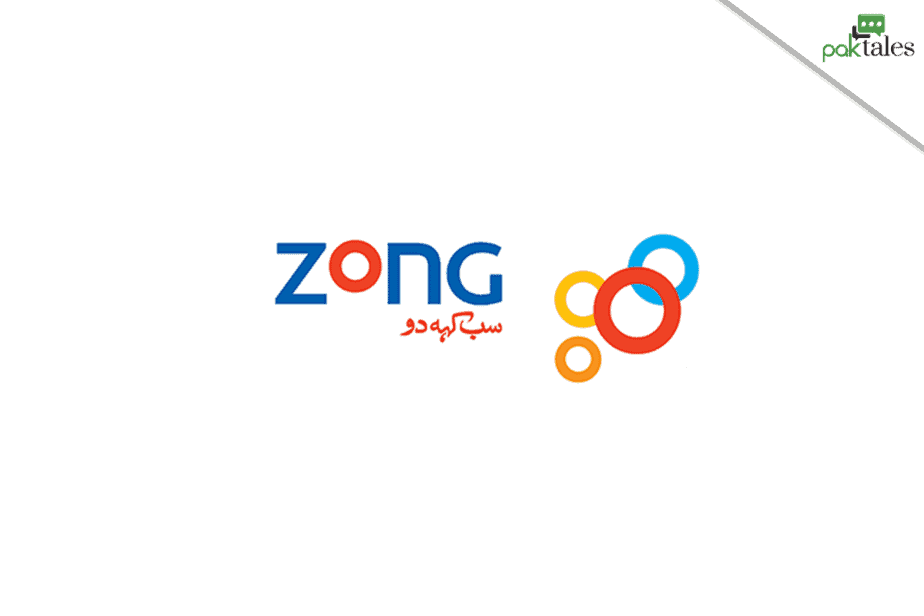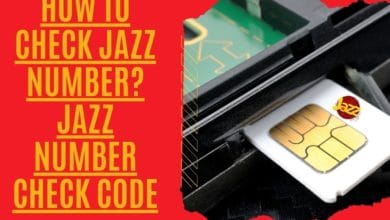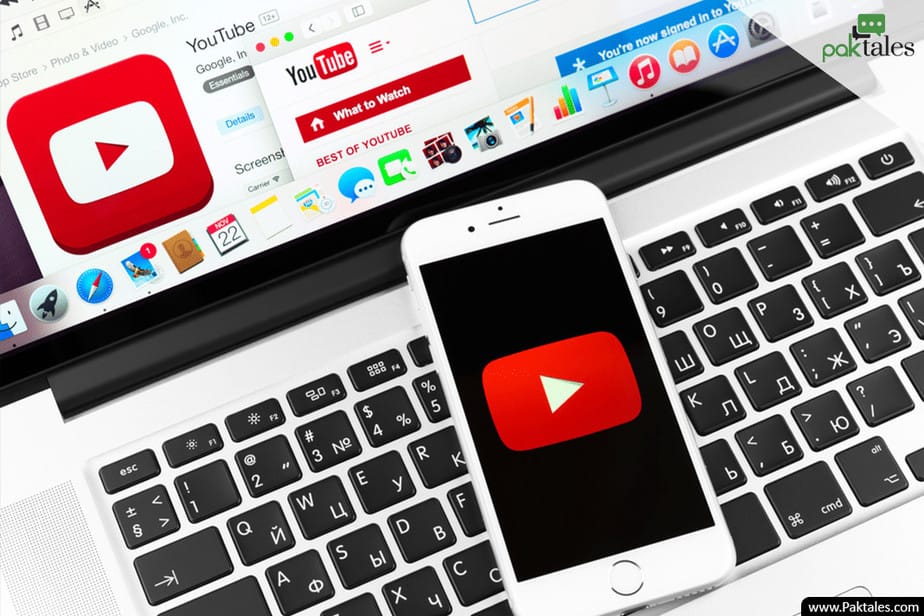Best Camera For Photography & Photoshoots in 2023

Do you want to know what camera professionals use? Do not bother any further! In 2023, these are the best cameras money can buy, and this guide will show you why. We’ve researched the most recent releases and put them through rigorous testing to provide you with the finest alternatives available, ranked according to price and how you typically use your camera. You’ll be able to locate the best camera for photoshoots, whether you’re an experienced photographer in need of something new or a novice just getting their feet wet. Now is the time to delve into and examine the top cameras for photography in 2023.

Best Cameras for Photography
Cameras today provide solutions for all ability levels. Suppose you’re a novice seeking an easy-to-use camera or an accomplished photographer wanting a specialized system. In that case, there’s a camera for you. Choosing a camera may take time since each has distinct features, capabilities, and design.
To make the choosing easier
- Examine your camera needs.
- Think about the sort of photography you want to perform, the pace and size you require, and your preferred style.
- Consider the camera’s system and lenses since they’ll affect your shooting.
Canon EOS Rebel SL3 / EOS 250D
The Canon EF mount allows you to make use of an impressive collection of lenses that have been developed during the 20th and 21st century; this is a system that has a long and illustrious history. In addition, Canon’s digital single-lens reflex cameras are available in a wide variety of models, from entry-level cameras like this one to models geared for photography enthusiasts in the mid-range all the way up to professional cameras that are designed for heavy-duty use. Therefore, you have a good upgrade route even in the case that Canon never develops another new DSLR again (which, to be honest, is not that improbable).

However, let’s not go too far ahead of ourselves here. You could take pictures with an EOS 250D for the rest of your natural-born life and be completely content with the experience. The APS-C sensor will give a significant improvement in picture quality compared to that of your smartphone, which is especially important if you intend to produce prints from the photos you take with your smartphone. It has good handling.
During our testing of Canon EOS, the only issue that we came across was with its 9-point focusing mechanism, which is relatively antiquated and will have trouble keeping up with things that are moving quickly. It’s acceptable for the price, but if you know you’re going to be photographing sports or wildlife, you might want to look into other choices.
Canon PowerShot G1 X Mark III
When it was first introduced in 2017, the Canon PowerShot G1 X Mark III was widely regarded as one of the most technologically sophisticated small cameras money could buy. That assessment holds even now. The G1 X Mark III has an APS-C sensor crammed into a body with an advanced and user-friendly control system. The whole experience of using the camera is quite refined. The shooting is a delightful experience.

Most small cameras typically use 1-inch image sensors; thus an APS-C sensor is far more significant than what you would often anticipate finding in a camera of this size. This gives the G1 X Mark III an advantage in terms of picture quality.
As we said earlier, the photographs captured with it look fantastic; they are rich in color and depth and have a wide dynamic range. Both the high-quality viewfinder and the touch-and-drag focus on the LCD screen were features that we found very useful. It is pleasing to see that such a premium compact has excellent weather sealing, which enables the device to be used in a wide variety of wet and windy environments.
The lens has a focal range of 24-72mm, which is helpful without being particularly remarkable; nevertheless, if you are going to gripe about anything, it is probably the maximum aperture, which tops out at f/2.8-5.6. It is important to remember that this is not a 4K camera; the highest quality that can be achieved while video recording is full high definition.
Nikon D780
The Nikon D780 is a versatile and powerful camera that offers the best of both worlds. Its rugged DSLR design and chunky handling provide the classic photography experience that many photographers love. But it also comes packed with features borrowed from mirrorless cameras, making it an excellent option for both stills and movie capture.

With its ability to shoot uncropped 4K video downsampled from 6K capture, the D780 is a fantastic choice for creatives who want a camera that can handle a wide range of tasks. And access to the impressive F-mount lens system provides even more flexibility for capturing beautiful images.
Nikon Z FC
The Nikon Z Fc is an affordable mirrorless camera with impressive specs. It’s a great, portable alternative for photographers wishing to move up from their smartphones, thanks to its vintage design and APS-C size.
The camera has a burst rate of 11fps, an electronic viewfinder with 2.36 million dots, and can record 4K video at 30p. Taking pictures of moving subjects is a breeze with its hybrid focusing mechanism.

The Z FC’s inexpensive price makes it a compelling alternative for occasional photographers despite its lack of weather proofing and inbuilt image stabilization. The Nikon Z system has a small pool of native DX-format lenses, which might be a problem for some users. In any case, this issue will probably be fixed on its own as the system grows.
Panasonic Lumix GH6
The Lumix GH6 is a top-of-the-line consumer video camera from Panasonic, equipped with a brand-new sensor and lightning-fast readout speed. It offers an impressive array of video options, including 5.7K 30p video in ProRes 422 HQ that can be recorded internally to a CFExpress memory card.

The GH6 also features a 75fps burst mode for stills shooting and 7.5-stop image stabilization. The only limitation is the standard imposed by the Micro Four Thirds format, which is a larger camera housing a smaller sensor. However, the GH6 has numerous tricks to compensate for this.
Canon EOS R5
The EOS R5 is Canon’s premier mirrorless camera for stills shooters, offering exceptional autofocus, in-body image stabilization, and super-fast burst shots. With the sophisticated RF lens mount, the R5 provides outstanding communication between the camera and lens.

The camera also boasts up to 8K video and stunning HQ 4K, making it a versatile option for photographers who occasionally capture video. The R5’s limits on recording times may not make it the best choice for those primarily looking for a video camera. Still, it is a fantastic option for short bursts of video to complement stills.
Sony Alpha A7 IV
The Sony A7 IV is a powerhouse camera perfect for professionals and semi-professionals. Its 33MP sensor and incredible buffer capacity can shoot at 10fps and keep going for 828 uncompressed RAW + JPEG files. This, coupled with Sony’s class-leading autofocus and various improvements across the board, makes the A7 IV a versatile and reliable option for a wide range of photography needs.

However, remember that the high-resolution images and fast burst modes will require a memory card that can handle large volumes of data. Consider using a CFExpress Type A card rather than SD for optimal performance. While the A7 IV may be out of reach for casual and amateur photographers, the A7 III and A7 II are still available and offer impressive features at lower prices.
Nikon Z7 II
Nikon hopes that the Z7 II flagship full-frame mirrorless camera will convince photographers to consider more flashy mirrorless products from Canon or Sony. With 45 megapixels, fast burst shooting, and high-quality 4K video, it has identical specifications to the Canon EOS R5 and Sony A7R IV. Though it lacks flagship features like 8K video, it undercuts the competition in terms of price.

The Nikon Z7 II is an excellent piece of equipment. It’s easy to use and creates stunning-looking photos. This camera has all the features a professional or serious amateur photographer might want, plus some excellent bonuses like a longer-lasting battery life compared to the original Z7 model. Additionally, there are two memory card slots. That’s a great compliment.
Do you know of any drawbacks? A lower-resolution electronic viewfinder (EVF) and a tilting LCD screen limit the camera’s usefulness as a monitor compared to competing models. None of these issues are deal-breakers, and Nikon’s Z series should be on your shortlist if you want to upgrade to a full-frame mirrorless system.
Fujifilm X-T30
When seeking to join the Fujifilm X system, the X-T30 is an excellent choice for a first camera. With its responsive controls and fast autofocus, it can create high-quality JPEGs immediately. The camera is a blast to play around with because of the Film Simulation features. In addition, it can capture 4K UHD video and continuously shoot at 8 frames per second. It’s not the least expensive camera available, but the results more than justify the cost.
Olympus OM-D E-M10 Mark IV

The Olympus OM-D E-M10 Mark IV is an excellent camera for those just starting in photography. Because it is portable, low in weight, and simple to use, it is the ideal companion for photographers who are always on the go. The adaptability and compatibility offered by the Micro Four Thirds sensor and lens mount allow the use of a wide range of lenses. Even whether shooting in low light or hand-held, your snaps and videos will come out crisp and clear thanks to the optical image stabilization that is incorporated right into the camera. You may also take breathtaking footage of your travels thanks to your ability to shoot video in 4K Ultra High Definition (UHD). The Olympus OM-D E-M10 Mark IV is a good option for anybody interested in beginning photography or searching for a camera that can accommodate a variety of shooting situations when traveling.
Frequently Asked Questions
What Type of Camera is Called a Compact One?
Compact cameras, often known as pocket cameras, are small, lightweight cameras designed to be easy to use on the go. Most amateur and beginner photographers choose small cameras because of their low entry price and ease of usage. Compared to larger and heavier options like DSLRs and mirrorless cameras, compact cameras are typically more portable and handy. These glasses often arrive in compact packaging with the lenses already attached. Despite the fact that some compact cameras boast high-end features like manual controls, optical zoom, and high-resolution sensors, their capabilities often fall short of those of more conventional cameras.
What is a Camera with interchangeable Lenses?
A camera known as an interchangeable-lens camera is a type of camera that enables the user to remove and replace the lens with a selection of other lenses to accommodate a wide range of photographic circumstances. A camera with a fixed lens, on the other hand, has a lens that is permanently attached to the camera and cannot be replaced. Compact cameras are often simpler and more limited in their functionality than their interchangeable-lens counterparts. They come with more advanced features and a wider variety of lens selections to choose from. They are frequently utilized by professional photographers as well as photography lovers who want to attain particular photographic effects yet require the capacity to swap between a variety of lenses.
A DSLR Camera, what is it?
Digital single-lens reflex cameras, or DSLRs, include a mirror at the back that reflects light from the lens into the viewfinder, giving the photographer a live glimpse of the scene before snapping the shot. In contrast, electronic viewfinders on other digital cameras show a live preview of the scene on a little screen. Professional and amateur photographers alike like DSLR cameras for their extensive manual settings and the flexibility of their interchangeable lenses.
A Mirrorless Camera is What?
A digital image sensor is what makes a mirrorless camera a digital camera. In contrast to DSLRs, Mirrorless cameras dispense with the mirror and optical viewfinder altogether. They don’t use a traditional viewfinder but an electronic viewfinder (EVF) or LCD screen to frame their photos. This layout permits a smaller and lighter camera body. Nonetheless, it has the potential to provide benefits in terms of focusing speed and picture quality. To further resemble a DSLR, some best mirrorless cameras also support interchangeable lenses.
Can you recommend a Good Camera Sensor?
The size of a camera’s sensor plays a crucial role in its image quality. Smaller sensors, often found in smartphones and inexpensive cameras, have cramped pixels that result in noisier images, especially in low light. Larger sensors, on the other hand, produce better photos and videos but come at a higher cost and a bulkier size. The lens’s focal length can also be affected by sensor size, with smaller sensors causing a “crop factor” that narrows the lens’s effective focal length. When choosing a camera, it’s essential to consider the balance between sensor size, cost, and your specific needs and uses.
Which Camera Do YouTubers use?
If you’re a YouTube creator, the Canon PowerShot G7 X Mark III is a great option. In spite of its small size, this camera packs a lot of punch when it comes to video quality, thanks to features like a microphone input jack and built-in live streaming software. Aside from its other strengths, its video autofocus makes it a solid option for creating and uploading professional-quality films to YouTube. For low-income YouTube creators, the product’s low price makes it a more compelling choice.
What type of Camera lens should I Buy?
It’s easy to feel overwhelmed when venturing into the world of camera lenses, especially if you’re just getting started. It is vital to give some thought to the kind of photography you want to do as well as the range of focus lengths that will serve your purposes the best. When photographing expansive landscapes or huge groups of people, wide-angle lenses perform exceptionally well. Telephoto lenses, on the other hand, are fantastic for getting up up and personal with things that are further away without really having to move. On the other hand, prime lenses have an excellent optical quality and are capable of producing image quality that is crisp and detailed. To get the best results for your particular approach to photography, you need to strike the ideal balance between adaptability and quality.
What is the Minimum Megapixel Count For a Decent Camera?
Current cameras typically have resolutions between 16 to 60 MP, which is more than enough for most people. The camera’s sensor resolution isn’t the only thing to consider while purchasing.
What Cameras Do National Geographic photographers use?
No matter what kind of equipment they use, National Geographic photographers are able to produce amazing photographs because to their considerable expertise and skill. They are able to make the most of the features and capabilities of their cameras, which allows them to create magnificent photos that tell a narrative and take viewers to far-off regions. Photographers working for National Geographic are capable of capturing the splendour and grandeur of the world that surrounds us, regardless of the kind of camera they use.
What Mode Do Professional Photographers Shoot in?
Professional photographers frequently use manual mode because it allows them the most significant amount of control over the various settings of their cameras. Because of this, they can fine-tune the ISO, aperture, and shutter speed to create the exposure and artistic effects they seek. They could also make use of additional modes, such as aperture priority or shutter priority, depending on the requirements of the particular session.
This market offers numerous best cameras for photoshoots and other options outside the top models from Nikon, Sony, Canon, Fujifilm, and Panasonic. In the space provided below, please tell us what you think makes the most excellent beginner video camera.





